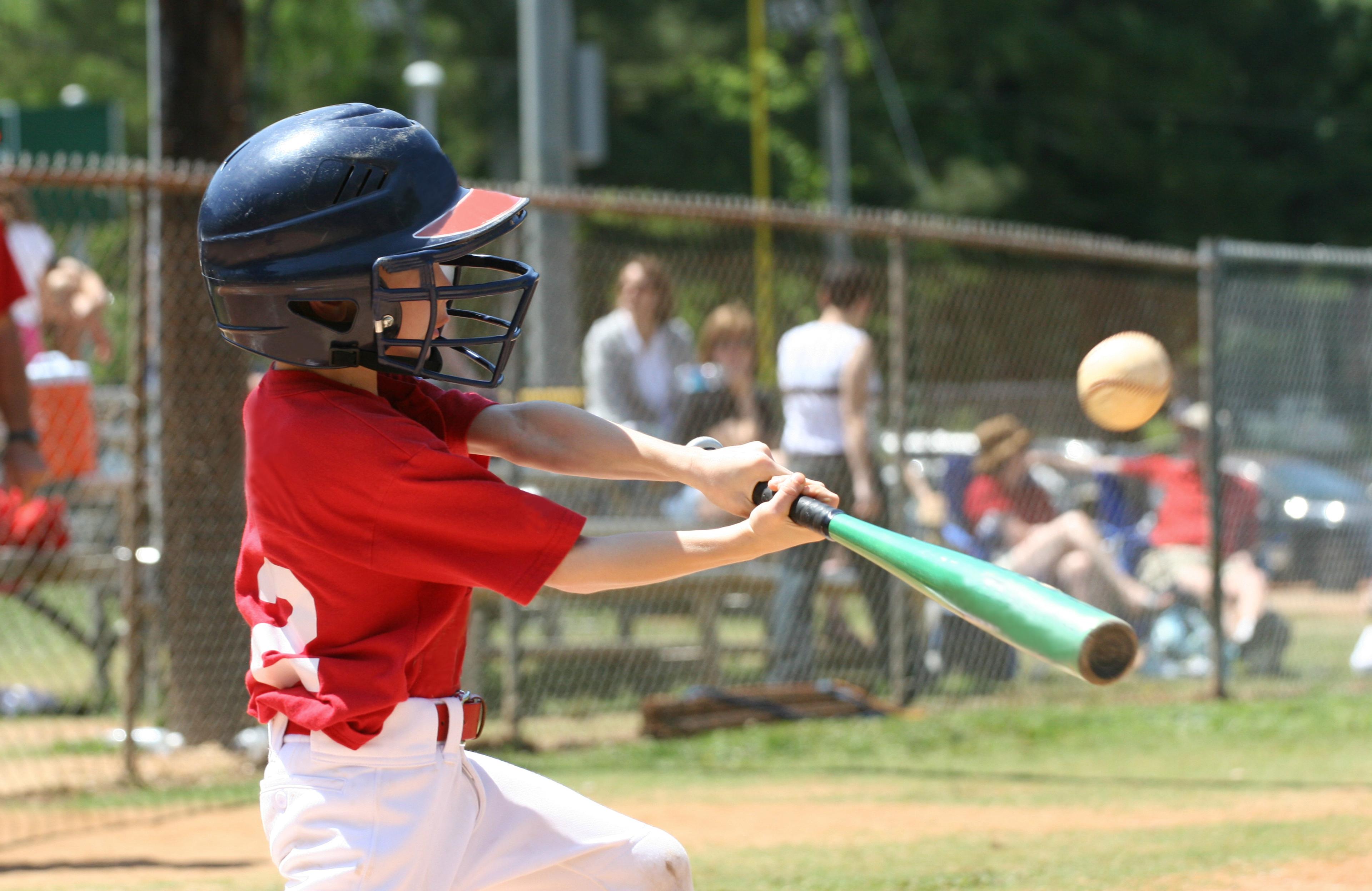The Importance of Masks and Eyewear Ahead of Spring Sports Season
Jake Newby
| 3 min read

Waving goodbye to winter means saying hello to some of our favorite spring activities. Gardening, grilling and outdoor sports are about to make their triumphant returns, and kids and teens are certainly excited about the latter.
Whether they’re playing recreationally with friends on the playground or in an organized league at school, safety should be a top priority for kids engaging in sports. Here's why it’s important to make sure kids are equipped with protective masks and eyewear before running out onto the field.
Why is protective eyewear important?
Eye injuries are a leading cause of blindness for children in the United States, according to the National Eye Institute (NEI). Since most sports-related eye injuries can be prevented by wearing eyewear, everyone should wear them. Parents and coaches, be sure to choose eyewear specifically made for a child’s sport and make sure it fits comfortably on their face.
What is protective eyewear?
The National Eye Institute defines protective eyes as equipment made of ultra-strong polycarbonate, a type of plastic that’s impact resistant and protects eyes from ultraviolet (UV) rays.
Here are examples of protective masks and eyewear and the corresponding sports they should be worn while playing:
- Helmets with attached face guards/visors: Baseball and softball (while batting),hockey, fencing and tackle football.
- Safety goggles: Baseball and softball (while fielding), basketball, mountain biking, paintball squash and racquetball. Soccer and tennis are optional.
- Swim safety goggles: Surfing, water polo, water skiing or tubing.
Ordinary eyeglasses and contact lenses won’t protect the eyes, but most protective eyewear can be designed with their prescriptions built into them. Most safety goggles are also big and bulky enough to be worn over a child’s regular glasses or contacts.
Why are helmets important for children?
While protecting the eyes, it can be crucial for children to wear protective helmets, including those with attached face guards and visors when applicable.
A study determined protective headgear and helmets decrease the potential for severe traumatic brain injury following a collision by reducing the acceleration of the head upon impact. So, if applicable to the sport, parents should do their part to equip their child with the proper helmet, especially for kids playing sports recreationally who may not be heavily supervised.
Choose a helmet that completely covers their child’s head and skull and isn’t loose when strapped in, meaning it doesn’t slide down over their child’s eyes. Look for helmets certified by the Consumer Product Safety Commission (CPSC). CPSC certification requires helmets to undergo testing that assesses their ability to protect against the kind of impact they will encounter in contact sports.
Read on:
- Do Babies and Infants Need Sunglasses?
- Autism and Food Aversions: Tips for Parents with Picky Eaters
- Your Phone Screen Is Dirty: Here’s How to Clean It
Photo credit: Getty Images





